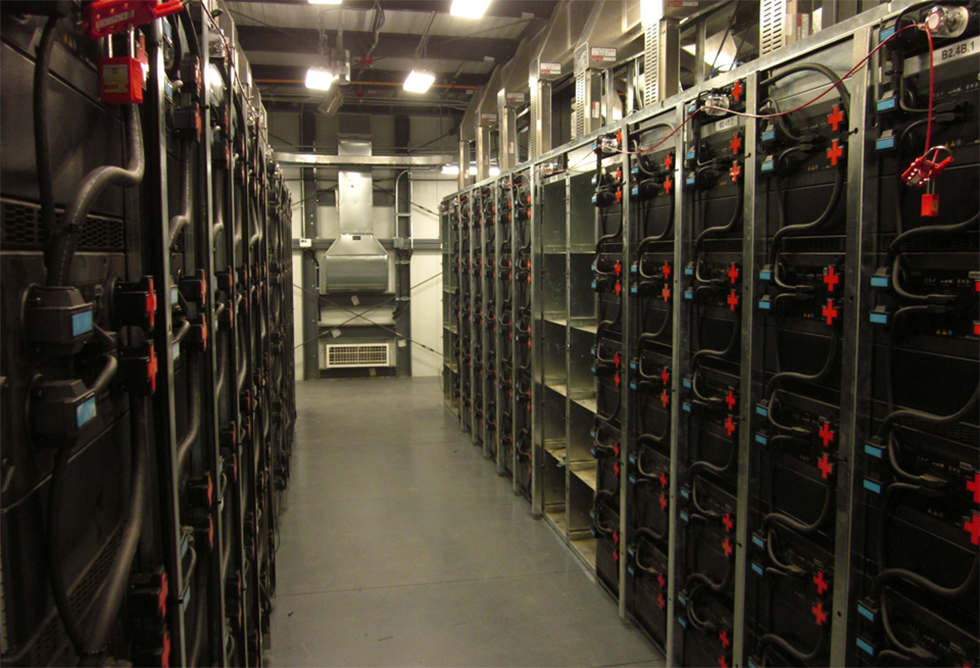
Energy storage has the potential to significantly modernize the sector and drive down costs. We need to figure out how to optimize its use.
Now we’re at a point where energy storage is transforming the way energy can be delivered, and how efficiently it is stored.
Read Part Two: What's the big deal about energy storage?